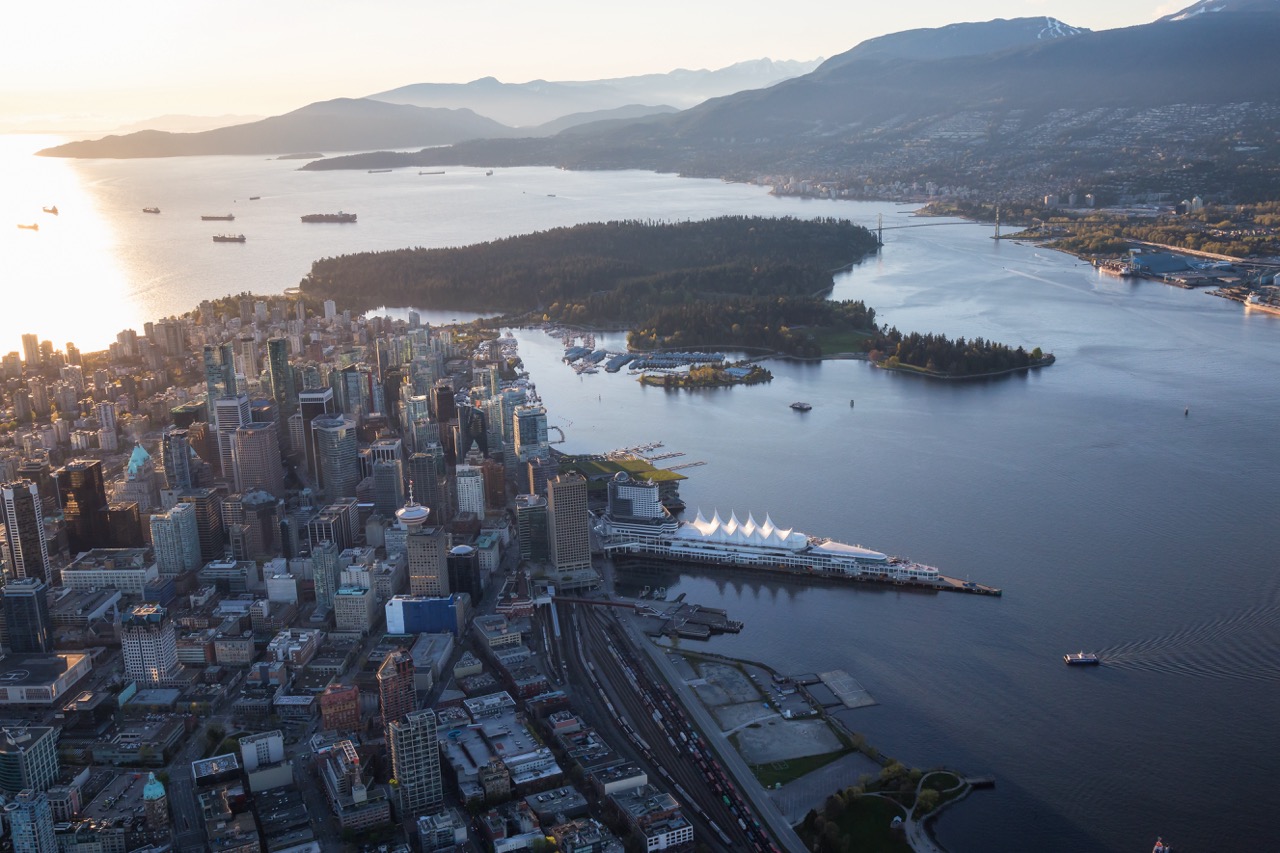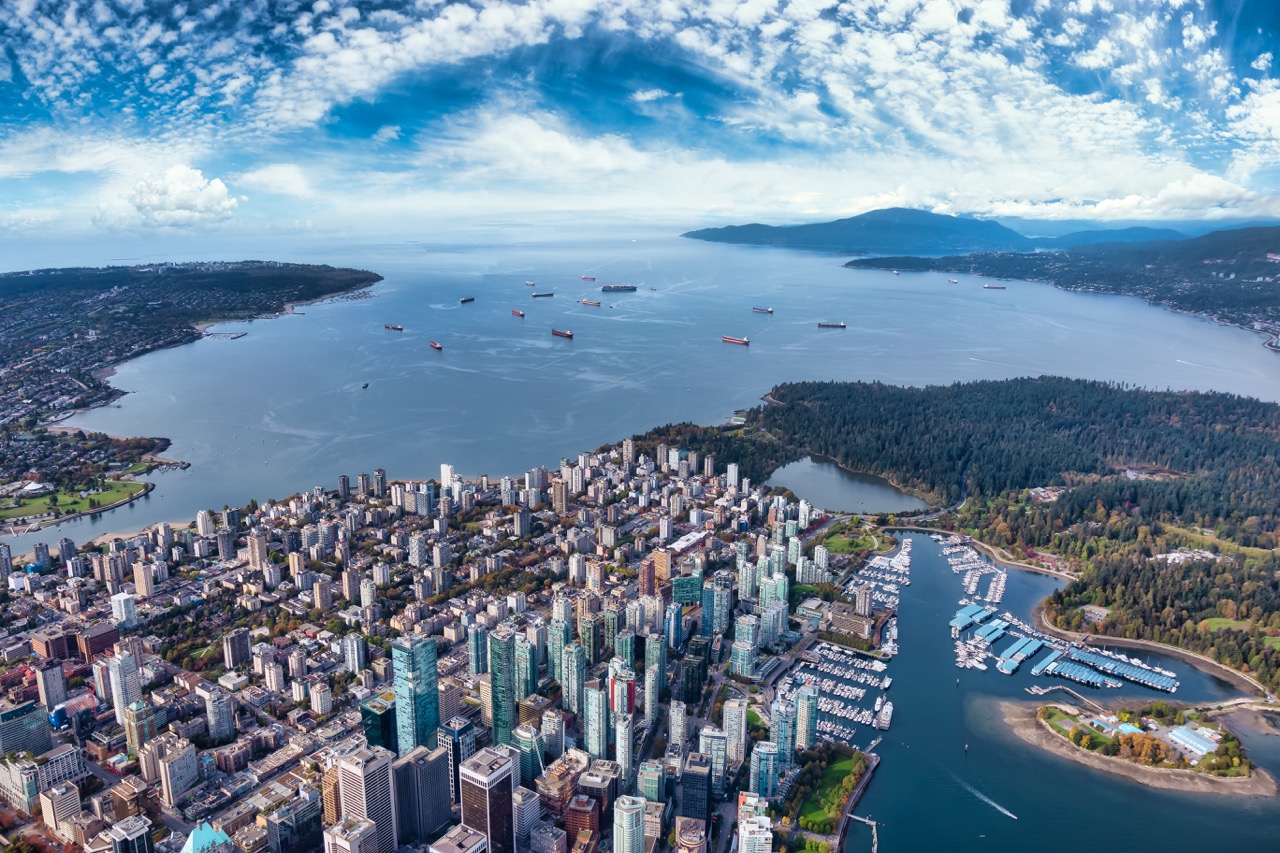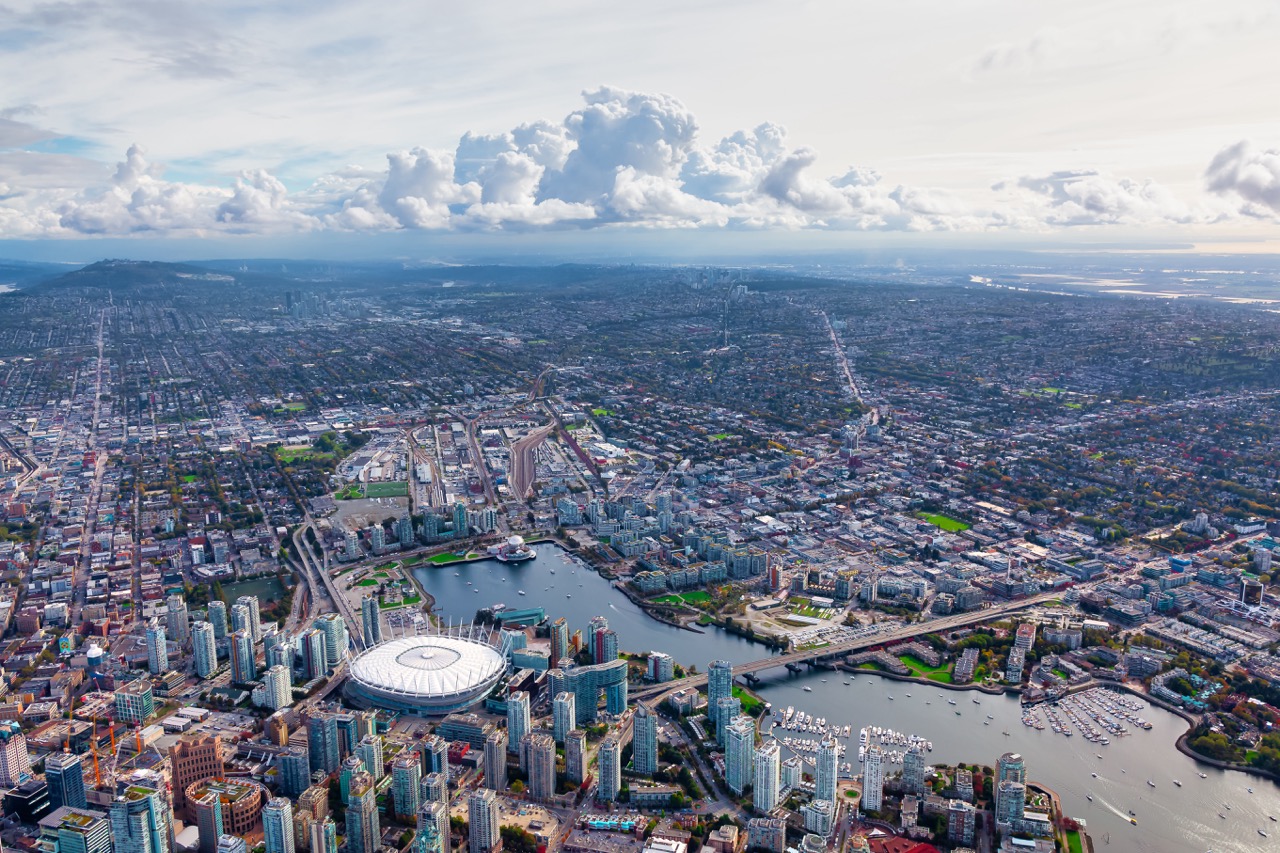British Columbia (BC), a province renowned for its breathtaking natural landscapes and vibrant urban centers, offers a public transit system that facilitates easy movement across its cities and regions. For travelers keen on exploring BC, understanding how to utilize its transit options effectively can greatly enhance their experience. This guide provides an in-depth look into the public transit system in BC, focusing on various transportation methods, scheduling tips, cost considerations, accessibility features, and the environmental impact of public transit.
Understanding the Public Transit System in British Columbia
The public transit system in British Columbia is primarily operated by TransLink in the Metro Vancouver area and BC Transit in the provincial regions. This structure ensures that residents and visitors can access a reliable and extensive network of transportation options. Each system has its unique features, but they are both aimed at providing efficient service to urban and rural areas alike. Understanding this dual structure is crucial for travelers who may transition from one area to another.
In Metro Vancouver, TransLink operates a comprehensive network that includes buses, SkyTrain, and SeaBus services, effectively linking neighborhoods and suburbs with downtown Vancouver. In contrast, BC Transit covers various regions outside Metro Vancouver, offering bus services that connect smaller communities and urban centers. This division allows travelers to plan their routes efficiently, depending on their destinations.
Navigating the public transit system can initially seem daunting due to the variety of options and schedules. However, for travelers, the integrated nature of the system means that once they familiarize themselves with the routes and schedules, getting around becomes straightforward. Maps, schedules, and real-time updates are readily available online and at transit stations, offering additional support for those unfamiliar with the area.
Key Transit Options: Buses, SkyTrain, and Ferries Explored
In British Columbia, buses are the backbone of the public transit system, providing extensive coverage throughout urban and rural areas. In Metro Vancouver, TransLink operates an extensive fleet of buses that run frequently, ensuring that travelers can reach their destinations without long wait times. The buses are equipped with accessibility features, making them a suitable option for all travelers. For those venturing beyond the city, BC Transit buses offer service to various communities, connecting travelers to more remote areas.
SkyTrain represents one of the most efficient ways to navigate Metro Vancouver, offering a rapid transit option that connects key areas of the city. With three lines—Expo, Millennium, and Canada Line—SkyTrain provides quick and reliable access to major attractions, business districts, and residential neighborhoods. The trains run frequently throughout the day, and their elevated tracks offer passengers stunning views of the surrounding landscape, enhancing the travel experience.
For travelers looking to explore the coastal areas of British Columbia, ferries serve as an essential transit option. BC Ferries operates a network of routes that connect the mainland with Vancouver Island and other coastal communities. These ferry rides not only provide a means of transportation but also present a unique opportunity to enjoy the stunning coastal scenery. Travelers can enjoy onboard amenities while experiencing the picturesque sights of the Pacific Northwest.
Navigating the Transit Schedule: Tips for Travelers
Understanding transit schedules is vital for maximizing your travel efficiency in British Columbia. Both TransLink and BC Transit publish detailed schedules that can be accessed online or through mobile apps, allowing travelers to plan their journeys ahead of time. It’s advisable to check the schedules regularly, especially on weekends or holidays when service frequencies may vary. Familiarizing oneself with peak and off-peak hours can also help travelers avoid crowded buses or trains.
To streamline the travel experience, travelers should consider using contactless payment options. TransLink’s Compass Card system allows users to load funds and tap in and out of buses and SkyTrain stations, significantly reducing time spent on purchasing tickets. Similarly, BC Transit offers a mobile app for purchasing tickets, providing convenience and flexibility when planning trips. Having all the necessary information in advance can help travelers make informed decisions and minimize potential delays.
While waiting for public transportation, it’s advisable to remain aware of your surroundings and stay informed about any service alerts that may impact your travel plans. Websites and apps typically provide real-time updates on delays or service changes, ensuring that travelers can adjust their plans accordingly. By leveraging technology and staying informed, navigating the public transit schedule in BC can be a seamless experience.
Cost-Effectiveness of Public Transit in BC: A Value Analysis
Public transit in British Columbia offers a cost-effective means of transportation for travelers compared to using private vehicles. The fares for both TransLink and BC Transit are structured to make transit accessible, with discounted rates for seniors, students, and children. One of the primary advantages of choosing public transit is the savings on fuel, parking, and vehicle maintenance, making it an economical option for those looking to explore the province without incurring hefty expenses.
In addition, many of the major attractions in BC are conveniently located near transit stops, enabling travelers to save money while still gaining access to popular destinations. For example, the SkyTrain system connects various cultural, commercial, and recreational sites in Metro Vancouver, allowing travelers to experience the vibrant city without the hassle and cost associated with parking. This accessibility enhances the overall value of public transit for tourists.
Moreover, purchasing day passes or multi-day transit cards can further enhance the cost-effectiveness of using public transit. These options often provide unlimited travel within a specified period, allowing travelers to explore without worrying about individual fares. Overall, the economic advantages of public transit make it a sensible choice for both short-term visitors and long-term residents, highlighting its value within BC’s transportation landscape.
Accessibility Features: How Inclusive Is BC’s Transit Network?
Accessibility is a fundamental component of public transit in British Columbia, ensuring that individuals with disabilities have equitable access to transportation services. In Metro Vancouver, TransLink has implemented various features such as low-floor buses, audible announcements, and priority seating to accommodate passengers with mobility challenges. Furthermore, all SkyTrain stations are equipped with elevators and ramps, making it easier for individuals using wheelchairs or other mobility aids to navigate the system.
BC Transit also prioritizes accessibility, with many of its buses featuring similar low-floor designs and additional equipment to assist passengers with disabilities. The transit authorities have made a concerted effort to train staff to assist passengers who may require additional support, ensuring that those with differing needs can travel with confidence. This commitment to inclusivity helps foster a transit environment where all individuals can access public transportation.
While significant strides have been made, challenges still exist regarding the full accessibility of public transit in BC. Some remote areas may lack the necessary infrastructure or services to support individuals with disabilities effectively. Ongoing assessments and improvements are necessary to ensure that all transit options across the province are genuinely inclusive, thereby enhancing the experience for all travelers, regardless of their physical abilities.
Environmental Impact: Public Transit’s Role in Sustainability
Public transit plays a crucial role in promoting sustainability and reducing the environmental footprint in British Columbia. By providing an alternative to single-occupancy vehicles, public transit helps to alleviate traffic congestion and lower greenhouse gas emissions. The use of buses and trains significantly reduces the number of cars on the road, contributing to cleaner air and a healthier urban environment. This shift towards more sustainable modes of transport aligns with broader provincial goals aimed at combating climate change.
In recent years, BC’s transit authorities have also taken steps to improve the sustainability of their operations. For instance, TransLink has begun integrating electric buses into its fleet, which further reduces emissions compared to traditional diesel vehicles. Additionally, the introduction of hybrid and clean diesel buses has contributed to a decrease in the environmental impact of public transit services. Such initiatives demonstrate a commitment to continual improvement in sustainability practices.
Moreover, by encouraging public transit use through the development of bike lanes and pedestrian-friendly infrastructure, BC is fostering a culture of environmentally conscious transportation. The convenience of combining biking and transit options enables travelers to reduce their carbon footprint further while exploring the province. Overall, the public transit system in British Columbia serves as a vital component in the effort toward a more sustainable future.
In conclusion, British Columbia’s public transit system offers travelers a comprehensive, cost-effective, and environmentally friendly means of exploring the province. With a variety of transit options available, including buses, SkyTrain, and ferries, navigating through BC can be an enriching experience. Understanding the schedules, accessibility features, and the overall environmental impact of using public transit not only enhances one’s journey but also supports broader goals for sustainability. Embracing public transit during your travels can contribute to a more connected, inclusive, and eco-friendly British Columbia.





